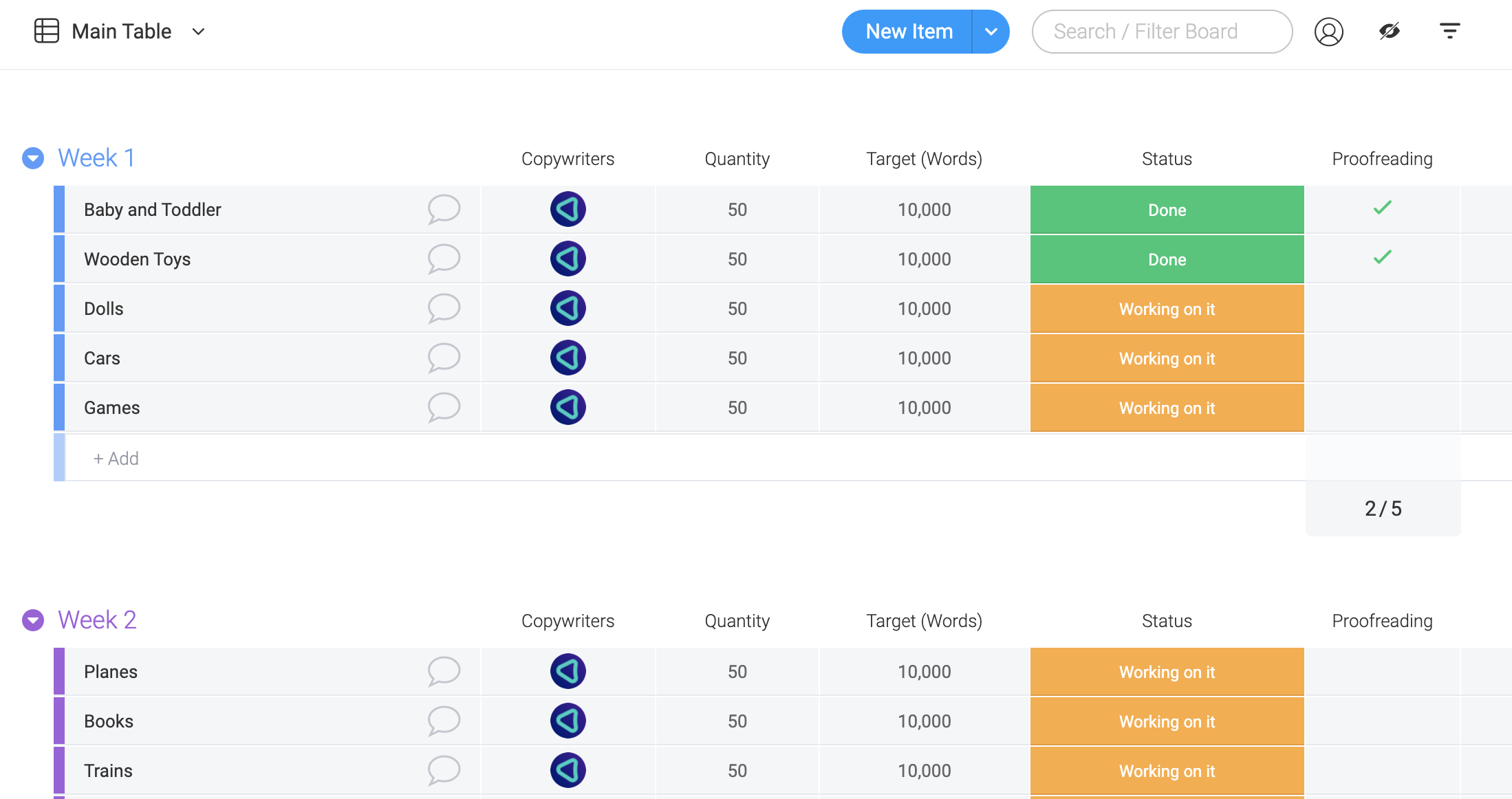It may seem like something of a paradox, but workforces are statistically more productive when undertaking tasks at home compared to the office.
The COVID-19 pandemic may have turned the world upside down, but an unforeseen side-effect of the devastating virus is that it’s shown plenty of workers and business owners alike that it’s indeed possible to operate entirely remotely – just so long as you work to make your environment comfortable for work.
Recently, an Airtasker survey found that work-from-home (WFH) employees typically produced around 1.4 days worth of work more than office-based employees. This figure amounted to as much as 16.8 more days’ work on a yearly basis.

(Graph showing WFH search interest. Image: Google Trends)
Such a significant improvement in productivity may seem counterintuitive. After all, we readily associate our homes with unwinding, indulgence and Netflix marathons – where does work come into such connotations?
It’s important to note that Airtasker’s aforementioned survey consisted of 505 remote workers who were admittedly plying their trade long before Coronavirus threw employees out of their office-based routines and straight into makeshift home offices. It’s reasonable to assume that these members of the gig economy have nailed the art of keeping productive while working from home – showing that it really is possible to outperform your office-based self.
But how can we maximise our productivity outside of the office? Are there really ways we can tune out all of our distractions to perform better than ever? Let’s take a look at some of the most significant ways of approaching WFH life:
Treat Each Day Like a Work Day
The problem with WFH is that we’re hardwired to associate our homes with relaxation and play. These mindsets can really eat into our productivity because we’ll be more willing to act on our lazy subconscious impulses.
For instance, if we spend most of our downtime idly scrolling through Twitter in our living rooms, it’s going to be psychologically difficult to snap out of that mindset when we’re positioned in exactly the same place with a laptop in front of us.
One of the most effective tricks here is to snap your brain out of ‘rest’ mode and into ‘work’ mode. This can be done by actively treating your day like a typical morning before work. Don’t drag yourself out of bed at 8:55am – wake up earlier and have a shower and breakfast.
If you’re really committed to slipping into ‘work’ mode, many WFH employees have advised dressing as if you’re about to head to the office. Once again, formalwear helps to form a subconscious parallel between your brain and the necessity of keeping productive.
Find Your WFH Office
Sadly, many new WFH employees – especially those based in metropolitan areas – won’t have access to large spaces to set up offices in disused rooms.
Nonetheless, it’s important to create a space in your home that can facilitate work. Whether it’s just a distraction-free corner of the living room, or a cellar, or a cupboard, it can be great to get yourself away from the sofa and into an environment that can feel much more like a workspace.
Creating a space that won’t be tampered with or cleared each day will help workers to gain a sense that they’re entering their own office each time they begin working. This will, in turn, help to wean your brain away from the lure of home-based distractions.
Always Plan Your Day
As at home, as in the office, it’s imperative that you set up a plan for each workday. Whether you’re in control of your own productivity, or whether your tasks are delegated to you, there are plenty of ways in which you can plan out your day and keep productive.
Productivity platforms like Monday, for instance, really help when it comes to collaborating with colleagues and managers while keeping on top of your deadlines.

However, putting pen to paper and writing our a potential work timetable each day can work wonders in illustrating exactly what you aim to complete and when. This particular approach could ultimately be more effective than using mobile apps or digital notepads to plan your day due to the danger of distractions.
Be sure to respect your designated break times, too. When planning out your day, make sure you add windows in which to relax, unwind, and eat lunch.
The beauty of WFH is that you can sometimes work to your own schedule, and a routine can often help you to optimise your performance by mapping out deadlines that suit your favourite approach to getting things done – whether you’re an early bird or a night owl.
Communicate Effectively
Another often overlooked productivity tip is to think twice about how you communicate with both colleagues and clients. While WFH, you’ll have to work with little to no direct human interaction. While this can be a perk for many employees, it’s worth remembering that your communication will solely be conducted via email, instant messaging and Zoom meetings.
This means that, as a worker, you’ll need to communicate without the help of body language cues or much casual conversation. With this in mind, your messages to colleagues should be clear, easy to understand, and supportive. Sending short, oblique messages could not only cause confusion, but it may also alienate your fellow workers.
Use Tools To Help You
The rise of WFH has been supported by some great technology that’s designed to help us stay better connected even when we’re working independently.
Communication apps like Slack and the aforementioned Zoom are taking great strides in helping employees and employers alike to communicate with both each other and clients. While online office suites like Microsoft Office and Google Docs can help to create documents that are capable of being shared across multiple viewers and platforms.
While one of the most effective ways of keeping productive is to limit the amount of smartphone usage you indulge in, the vast majority of WFH tools you can utilise are capable of being downloaded as apps – ensuring that you’ll remain connected whenever suits you.
Stay Away From Stress
Finally, and most importantly, remember to steer clear of stress. While it’s easier said than done, working from home can sometimes leave workers feeling like they’re in a bubble. This can often magnify problems or situations that would otherwise be deemed trivial and cause plenty of unnecessary stress.
While the emergence of COVID-19 has left many of us not only WFH but social distancing, these extreme levels of isolation can spark negative emotions within the most resilient of workers.
It’s vital that anybody WFH ensures that they don’t overwork themselves and risk feeling the effects of burnout. It’s also key to make time to leave the house and go for a walk, or take up some exercise to help keep your mind and body both healthy and happy.
Be sure to identify your favourite way of de-stressing at work and add it to your daily routine – either as a reward for completing a workload or as a way of unwinding on a break.
While it’s important to keep productive, our high performances while WFH shouldn’t come at the cost of our wellbeing.








